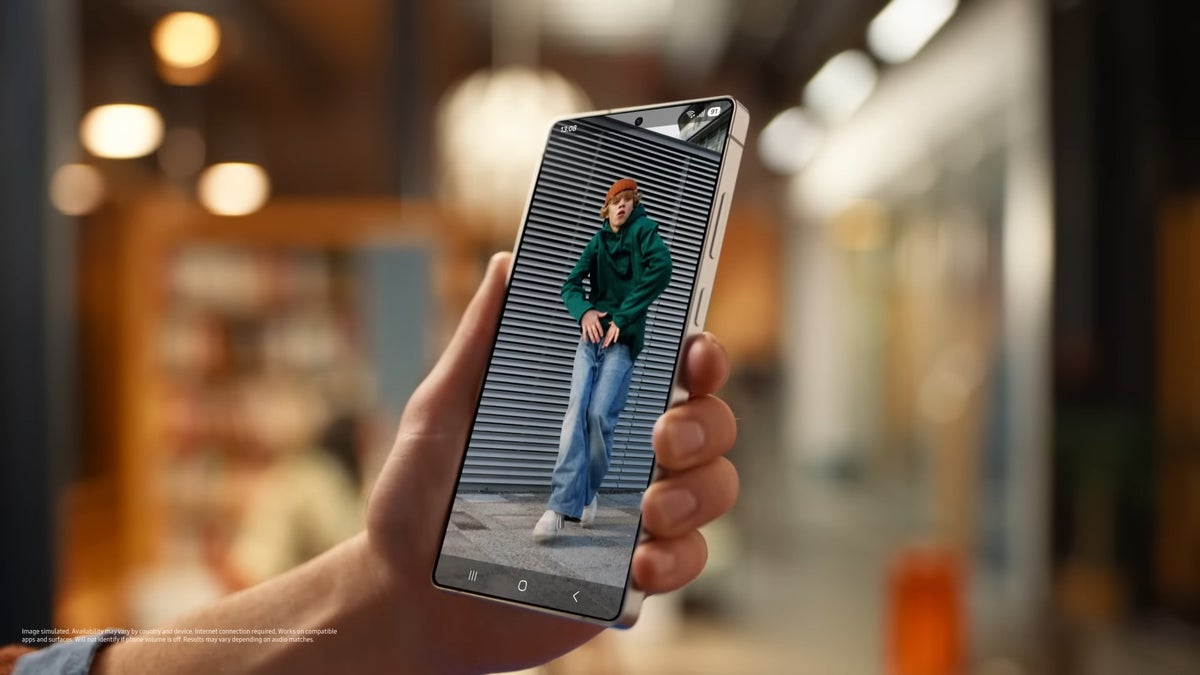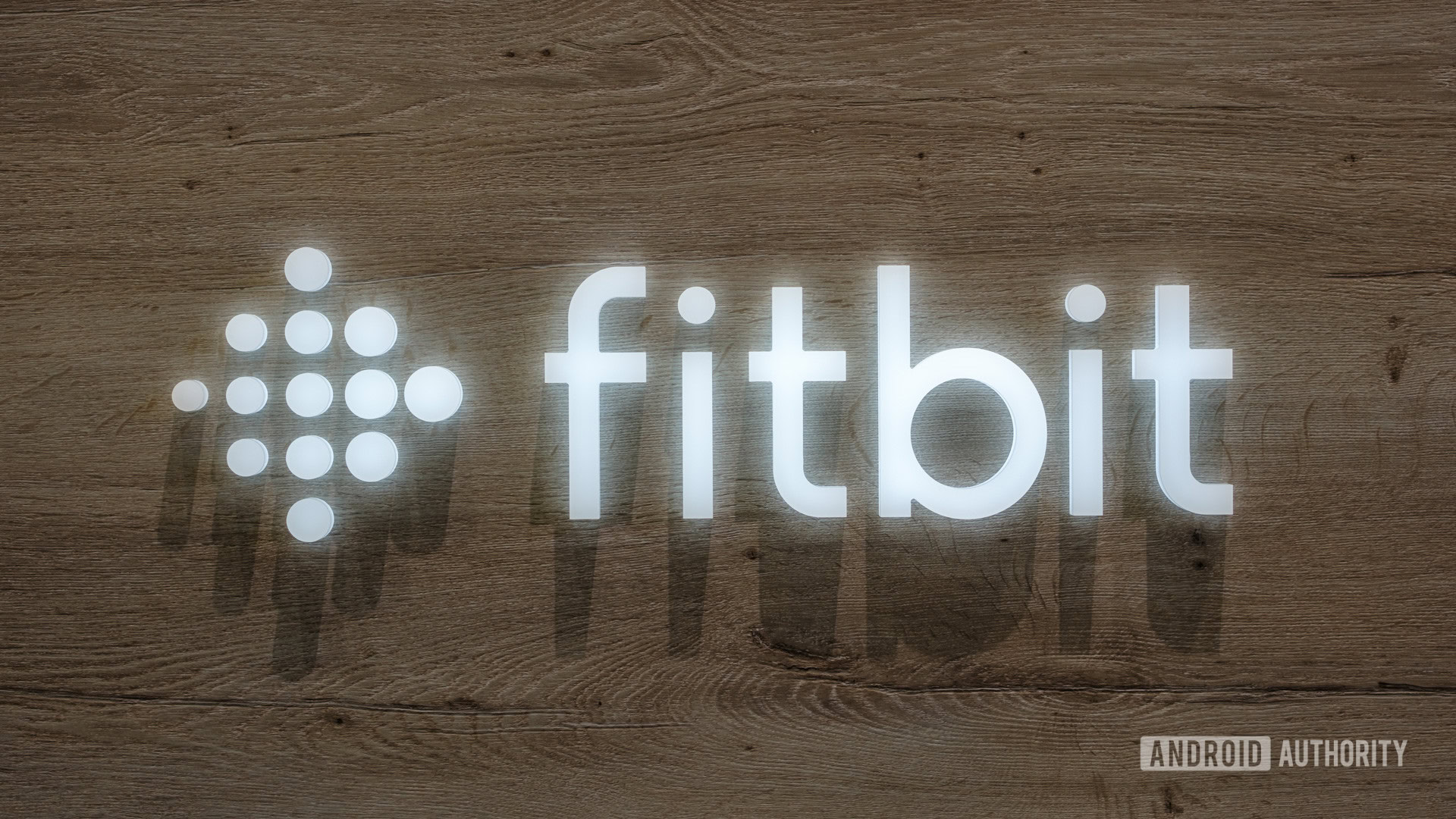The notch trend that iPhone popularized
When the iPhone X came out in 2017 with a wide blank ditch at the top of its screen I had an immediate concern: everyone’s going to start copying this, aren’t they? Much to my dismay this fear of mine turned out to be more accurate than I had ever anticipated. Not only did almost every Android phone manufacturer consider this the next big thing but major players like Samsung adopted it too soon after.
The funny thing is that Apple wasn’t even the first phone company to make a display with a notch. Sharp and Essential beat the iPhone to the punch that same year but the notch remained an odd gimmick until Apple decided to jump on board. It was all downhill from there.
Samsung mocked it before it rocked it
When the iPhone X and its notch became the talk of the digital town Samsung thought it would be a brilliant marketing strategy to mock Apple’s design choice. In an ad the company showed off the various ways that the iPhone had remained a step behind the Galaxy phones. One of these was the notch which was shown off as a goofy haircut.
This ad had me breathing a sigh of relief because I thought this meant that Samsung would never fall to the dark side. Even if other manufacturers had wholeheartedly adopted the notch I’d still have the Galaxy phones to turn to, right? Well…fool me once I suppose.
I just want a normal display
I’ve never really liked phone manufacturers taking risks with the displays of their products. It’s a screen, it shows me stuff and that’s all it needs to do. I thought the Galaxy Edge phones were too weird when they first came out. How naive I was. Samsung first adopted the notch for its non-flagship offerings and then the punch hole design for the Galaxy S10 after testing it out on the A8s.
Eventually there came a time when whichever company I turned to was using notches or punch holes for their phones. If there was a manufacturer that was making normal displays then it wasn’t available anywhere near me. Eventually I caved and had to get a phone with a punch hole display: the slightly less offensive method of putting holes in perfectly normal screens.But I never gave up hoping for a better solution. And now it seems I finally have reason to celebrate.
Under-display cameras aren’t without problems
The RedMagic 10 Pro has an under-display camera. | Video credit — RedMagic
Putting aside the fact the report about under-display cameras on the Galaxy S26 may be false, there is also another problem. Under-display cameras, as awesome as they sound, aren’t as adept at taking photos as their exposed counterparts.
Naturally the layers between them and their surroundings mean that these cameras don’t get a clear view of whatever they’re supposed to be photographing. A myriad of software and hardware solutions also need to be utilized to ensure a passable result. And in an industry where cameras are often the biggest selling point of a smartphone there’s a pretty good chance that Samsung won’t risk it.
I guess I can only hope that the company gets too caught up in perfecting Galaxy AI to care much about ensuring the most perfect selfies. Yes, many people need a phone that can take good selfies, but I just can’t wait to return to normal displays again. Displays that don’t force the content I’m watching to contort itself around them and their needless oddities.
Perhaps it’s wishful thinking on my part but I truly hope that this report is accurate. Samsung could come up with a breakthrough in under-display cameras and all I’d care about would be the flawless display.








